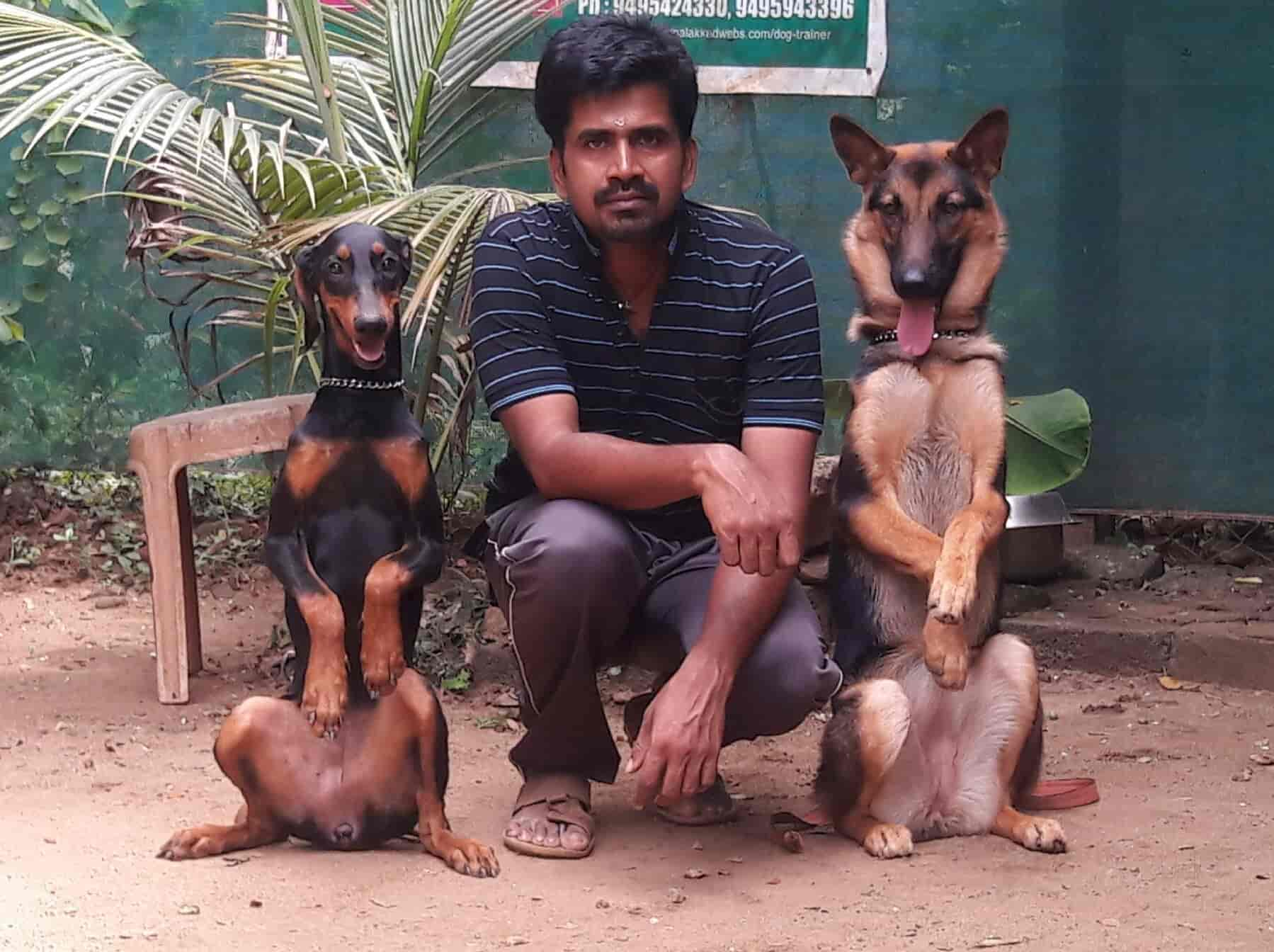Learn effective dog handling techniques at Ohana K9 Academy.
Wiki Article
Crucial Dog Training Methods for a Life Time of Great Actions
Reliable canine training is foundational to promoting a well-behaved friend that improves our lives. Comprehending canine actions and employing socializing approaches can stop possible issues before they arise.Understanding Canine Behavior

Moreover, comprehending the innate impulses and drives of a canine-- such as target drive, social communications, and territorial actions-- allows fitness instructors to anticipate and manage particular actions. For example, a canine with a strong target drive may require various strategies than one that is more socially inclined.
Furthermore, early socializing and exposure to different settings dramatically affect a pet dog's habits and personality. Favorable experiences throughout vital developmental durations can bring about well-adjusted grown-up canines, whereas unfavorable experiences may result in stress and anxiety or hostility.
Favorable Support Approaches
Among the numerous pet training techniques, positive support approaches stick out for their efficiency and ability to strengthen the bond in between canine and instructor (Ohana K9 Academy). This technique highlights satisfying preferred actions instead than penalizing unwanted ones, fostering an extra cooperative and trusting relationshipPositive support can take many types, consisting of treats, appreciation, playthings, or play. The trick is to supply instant benefits when the pet displays the desired habits, allowing them to make the connection between the action and the positive outcome. As an example, if a pet sits on command, providing a reward immediately reinforces that behavior, making it more probable to be duplicated.
Uniformity is vital in favorable support training. Instructors need to make use of the same hints and rewards to prevent confusing the canine. In addition, varying the incentives can maintain the pet dog's interest and motivation, transitioning from constant treats to occasional appreciation or play as the canine masters the actions.

Standard Command Training
Building on the foundation developed through favorable reinforcement approaches, fundamental command training acts as an important action in developing a hospitable pet dog. This training normally includes necessary commands such as "rest," "stay," "come," and "down - Ohana K9 Academy." Each command plays a crucial role in cultivating reliable interaction between the dog and its owner, boosting the overall bondTo launch basic command training, choose a peaceful environment devoid of distractions. Begin with brief, concentrated sessions lasting no even more than 5 to 10 mins to maintain your canine's attention. Make use of high-value deals with as rewards, guaranteeing the pet dog connects proper habits with positive end results. When educating a command, utilize a clear, constant spoken hint accompanied by hand signals to strengthen understanding.
Patience is critical; canines might require many repeatings to comprehend commands completely. Normal practice reinforces found out commands, solidifying them in your canine's actions repertoire.
Socialization Methods
In the realm of canine training, socializing methods are important for cultivating a well-adjusted and positive canine companion. Effective socializing includes revealing link your canine to a selection of environments, people, and various other pets in a controlled and favorable fashion. The main objective is to help your pet create a convenience level with diverse experiences, which can significantly decrease anxiety and stress and anxiety in unknown scenarios.Begin socializing throughout the crucial developmental window of 3 to 14 weeks, when puppies are most receptive to new experiences. Introduce your canine to different setups, such as parks, city locations, and homes with various other pets. Ensure these experiences are positive by making use of treats and praise to reinforce great behavior.
Team training courses are an outstanding method to expose your dog to other dogs and people in a structured atmosphere. This enables for monitored interactions, aiding your pet dog find out appropriate social cues. Routine trips and playdates with courteous dogs can additionally improve social abilities.
Attending To Behavioral Problems
Attending to behavior problems in pets is a crucial facet of training that needs a systematic strategy and understanding of canine behavior. Common concerns such as barking, eating, hostility, and anxiety can come from numerous factors, including lack of socialization, insufficient exercise, and even medical issues.
Additionally, establishing a structured routine that consists of normal exercise and psychological stimulation can significantly alleviate behavior problems. For circumstances, interactive playthings can maintain a pet involved and reduce destructive propensities. In instances of extreme aggressiveness or anxiousness, talking to a specialist pet fitness instructor or a veterinary behaviorist might be the original source essential.
Verdict
In verdict, effective pet dog training strategies, including favorable support, standard command training, and socializing, are crucial for fostering excellent actions throughout a pet's life. try these out Attending to behavioral issues with a systematic approach not only enhances obedience but additionally enhances the bond in between canines and their proprietors.Report this wiki page